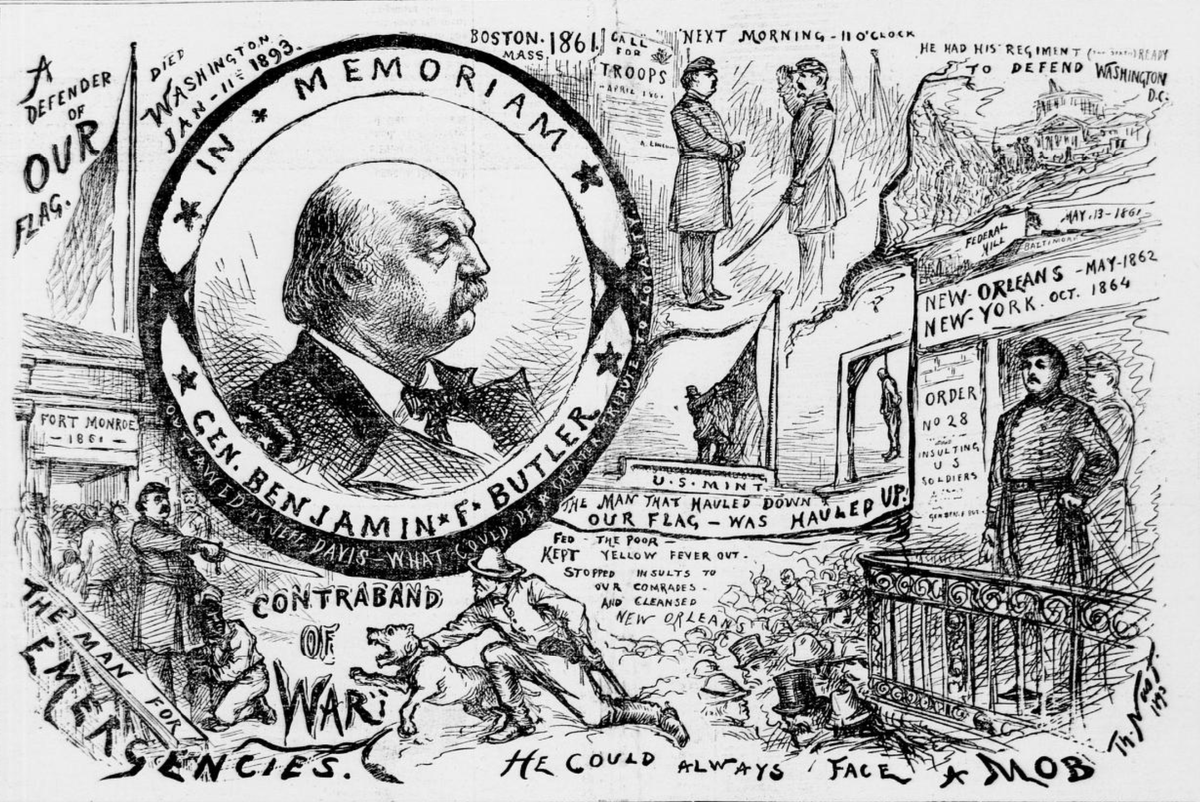News
This past weekend I co-led a tour of the Antietam National Battlefield with NPS historian Keith Snyder for a group of people from Ford’s Theatre in Washington, D.C. We had a wonderful time as we walked the battlefield and discussed the experience of battle, the civilian experience, the battle’s impact on emancipation, and historical memory.
The entire time I was thinking about historian Thavolia Glymph’s incredibly thoughtful essay about how we might broaden our understanding of what constitutes a Civil War battlefield.
I want to suggest that we need more walking and riding of battlefields, just different ones, that consecrated battlefields include the places and spaces on the home front and the battlefields where enslaved people fought and died. These battlegrounds are largely invisible today, literally and figuratively. They do not appear on Civil War battlefield maps or, for the most part, in Civil War history books. They are not the subjects of staff rides. But they are as mappable as Gettysburg. One can take a tour of a former plantation and even get married on one, but there are no tours of wartime battles that took place on plantations or in refugee camps. Yet they, too, are archives of slavery’s destruction.
This is a must read.
In case you missed it, check out my interview with historian Yael Sternhell about her fabulous new book on the federal government’s efforts after the war to create a comprehensive archive. [Tomorrow I will interview historian Robert Colby about his new book on the slave trade during the Civil War.]
This week the city of Asheville, North Carolina will remove the large foundation, where a monument to Zebulon Vance once stood.
Jon Grinspan’s new book about the Wide Awakes drops today. I thoroughly enjoyed his last book about the Gilded Age and this new book promises to fill an important hole in our understanding of the Civil War era. Here is a review from The Guardian.
Gen. William T. Sherman’s sword and other possessions will soon go on sale. I hate to see these objects fall into private hands.
Books
Emilie Amt, Black Antietam: African Americans and the Civil War in Sharpsburg (The History Press, 2022).
Jon Grinspan, Wide Awake: The Forgotten Force that Elected Lincoln and Spurred the Civil War (Bloomsbury, 2024).
Erik Larson, The Demon of Unrest: A Saga of Hubris, Heartbreak, and Heroism at the Dawn of the Civil War (Crown, 2024).
Alan Taylor, American Civil Wars: A Continental History, 1850-1873 (W.W. Norton & Company, 2024).
Videos
David Rubenstein recently talked with historian Allen Guelzo about his biography of Robert E. Lee.
I am still making my way through and enjoying Erik Larson’s new book. Here he is talking with Ken Burns.
Here is a documentary on the history of slavery produced in 1968 that is both fascinating and disturbing.







What Thavolia Glymph suggested is already happening in Kentucky. For many years now, the Perryville Battlefield tour has included Sleettown, the site of a community of freed people that grew up on the actual battlefield after the war and survived into the Great Depression. Not so far away is Camp Nelson, which grew into a major recruiting station for African American soldiers and a flawed refuge for their families. Both are well worth visiting.